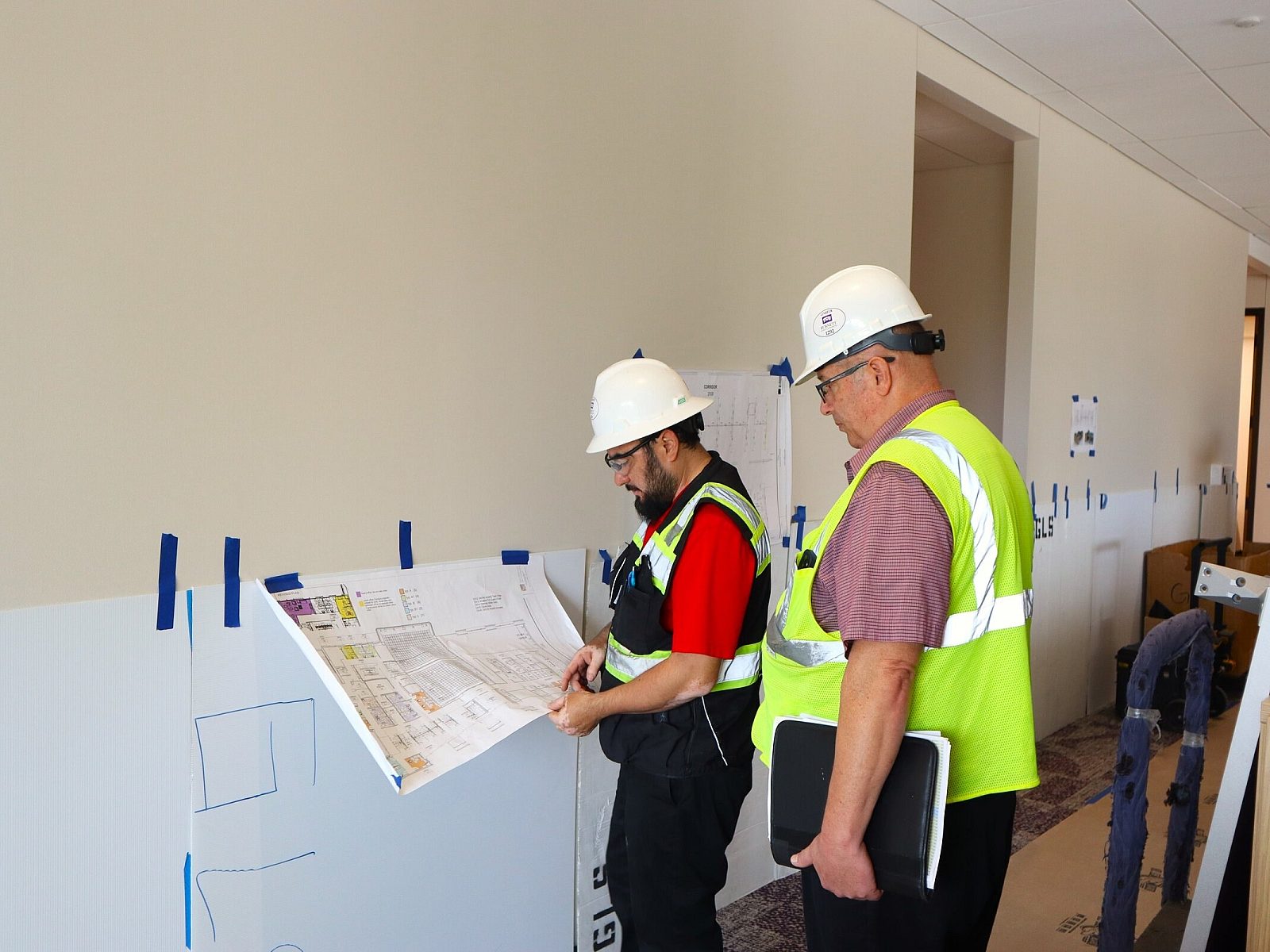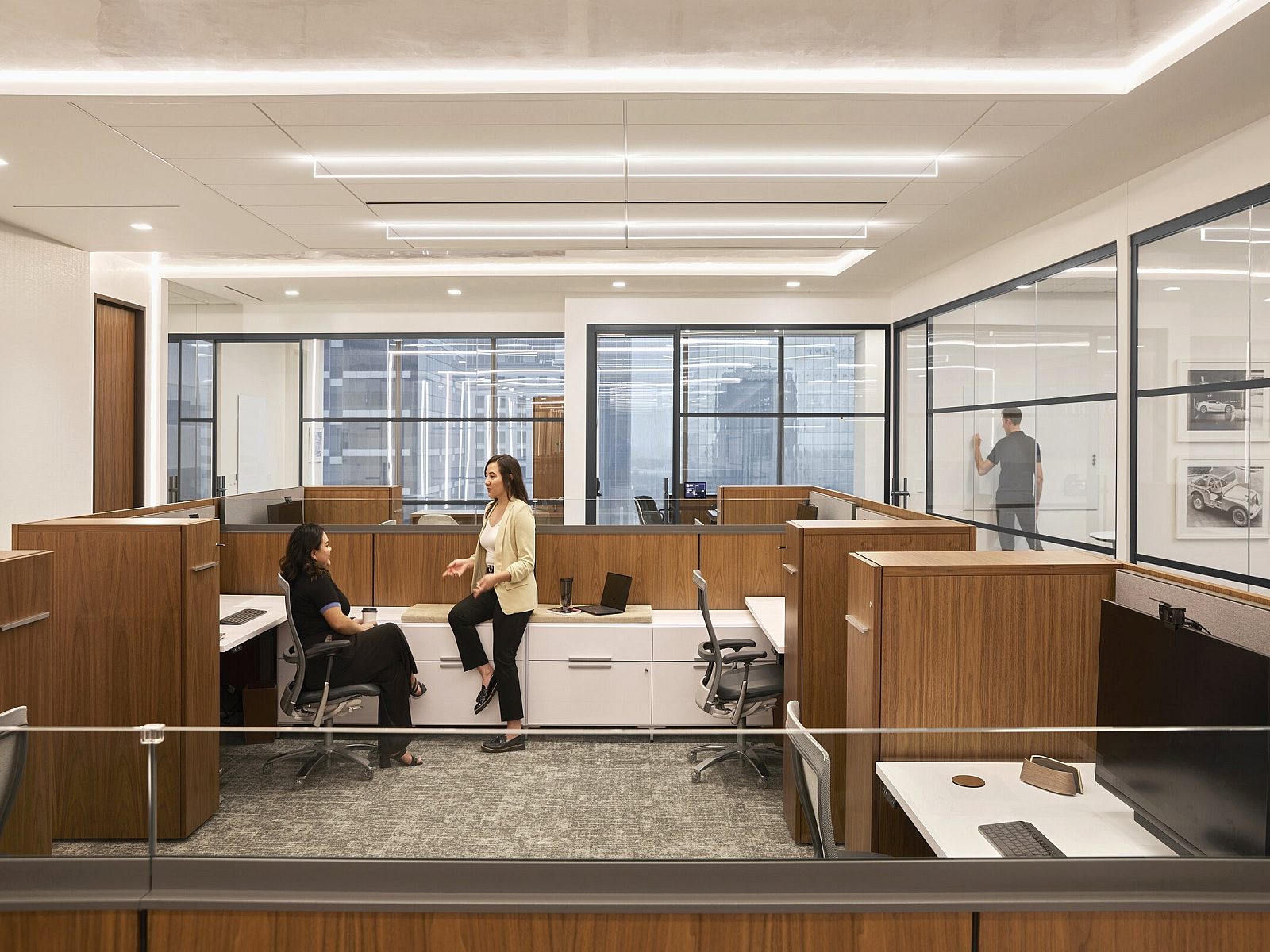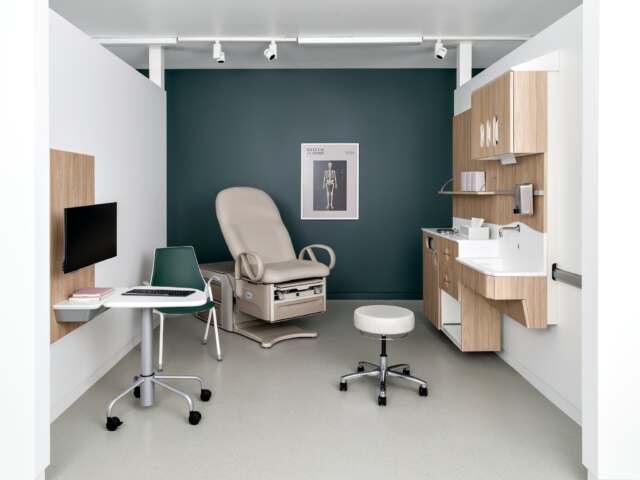How to Ensure the Health and Safety of Your Employees
With an abundance of information on how to best keep your employees safe during unprecedented times, read more to find the best option for your office.

How Can Businesses Reopening Across North Texas Ensure The Health And Safety Of Their Employees?
On July 3, 2020, the Lone Star State entered what Governor Greg Abbott’s Strike Force to Open Texas describes as “Phase III.” A key provision of Phase III is Executive Order 29, “requiring all Texans to wear a face covering over the nose and mouth in public spaces, with few exceptions, in counties with 20 or more positive COVID-19 cases.”
At the same time, however, Gov. Abbott also issued a formal disaster proclamation “giving mayors and county judges the ability to impose restrictions” above and beyond those recommended by his office. Clearly, businesses in Texas have many things to consider as they begin reopening. Employee health and safety remain of paramount concern, but business leaders will have to address additional questions and rise to other challenges to implement appropriate safeguards.
There’s no shortage of information available online on how to plan for a seamless and successful reopening. But, in the absence of a strong framework, that wealth of information can quickly become a patchwork of conjecture, opinion, fact, and mandate. That’s why the business furniture, office design solutions, and interior construction experts at GL Seaman & Company have consulted with the most authoritative sources for the third installment of this content series. Read on to learn where you can turn for reopening guidance, how welcoming your employees back to the office is as much an art as it is a science, and why now is the opportune time to review both your operating and capital expenses.
1) Know the safety protocols.
As noted, Texas businesses are now operating in an all-new regulatory climate. The best single source for information on the minimum staff safety protocols that employers are expected to meet is the Texas Department of State Health Services (TDSHS).
TDSHS’ documentation covers everything from routine health screening and facility disinfection techniques to recommendations for handling food and restricting group sizes. TDSHS has also issued protocols for different business types, such as child-care centers, manufacturing plants, performing arts venues, restaurants, retailers, and what they call “Office-Based Employers.”
Key provisions of the most current TDSHS protocols for “Office-Based Employers” include the following.
· “Employers may operate their offices with up to the greater of 10 individuals or 50 percent of the total office occupancy, provided the individuals maintain appropriate social distancing.”
· “All employees and customers must wear a face covering (over the nose and mouth) wherever it is not feasible to maintain six feet of social distancing from another individual not in the same household.”
· “Screen employees and contractors before coming into the office. Send home any employee or contractor who has any… new or worsening signs or symptoms of possible COVID-19.” (E.g., cough, fever, loss of taste or smell.)
· “Do not allow an employee or contractor with known close contact to a person who is lab-confirmed to have COVID-19 to return to work until the end of the 14-day self-quarantine period from the last date of exposure (with an exception granted for healthcare workers and critical infrastructure workers).”
· “Have employees and contractors wash or sanitize their hands upon entering the office.”
· “Regularly and frequently clean and disinfect any regularly touched surfaces, such as doorknobs, tables, chairs, and restrooms.”
· “Limit the use of standard-size elevators to four individuals at a time, each located at a different corner of the elevator to avoid close contact. Masks should be worn in elevators.”
· “Make hand sanitizer, disinfecting wipes, soap and water, or similar disinfectant readily available to employees, contractors, and customers.”
· “Consider placing readily visible signage at the office to remind everyone of best hygiene practices.”
· “For offices with more than 10 employees and/or contractors present at one time, consider having an individual wholly or partially dedicated to ensuring the health protocols adopted by the office are being successfully implemented and followed.”
· “Continue to encourage individuals to work remotely if possible.”
You can download the complete “Office-Based Employer” protocol document from the TDSHS website. You may also wish to download the protocol for “All Employers and Event Organizers” from the TDSHS website, as it contains additional recommendations that may apply to your business.
Again, be aware that local may supplement or preempt those issued by the state. For example, here in North Texas, Dallas County began requiring public mask-wearing weeks before Governor Abbott issued his statewide order. Meanwhile, Collin County now permits outdoor gatherings of more than 10 individuals. Make sure your operations are compliant with the most up-to-date local codes by bookmarking and frequently revisiting the government website(s) most relevant to your business.
· Dallas County, Health and Safety Policy-Resources for Businesses.
· City of Dallas, Coronavirus (COVID-19): News and Information.
· Tarrant County, COVID-19 Information.
· Collin County, Health News & Advisories.
· Parker County, Public Health.
· Ellis County, Proclamation and Orders from the County Judge.
· Kaufman County, COVID-19 Information.
· Hunt County, COVID-19 Update, News/Announcements.
2) Know your team.
Enforcing these regulations, policies, and best practices at your workplace is one thing. Securing full buy-in from your staff is something else altogether. But you’ll need the latter to get — and keep — your business on track.
All change initiatives, especially those that involve your company culture, require transparency. Transparency, in turn, requires clear and constant communication. Effective communication requires that you listen to your employees. And, to guarantee your employees have opportunities to speak and be heard, you must give them a stake in the change initiative itself.
As Cynthia Milota of international design firm Ware Malcomb notes in a recent article for Workspace Design Magazine, “what employees perceive is what they will believe is happening.” Without shared perceptions, there is no shared reality in which all parties can agree to what constitutes common sense.
Milota also encourages business leaders to manage misinformation by exploring all of their options for soliciting employee feedback. Primary among those options are anonymized surveys, focus groups, interviews, and ethnographic studies pinpointing practices and habits specific to your office. “Conducting workplace research will provide valuable perspective,” says Milota. However, she also reminds businesses that they must have a strong hypothesis to test before committing to research. “Formulating the questions to investigate will drive the research methods chosen.”
Our partners at Knoll have developed a sample survey for businesses interested in using this instrument to measure how ready their employees might be to return to the office. They’ve also published “8 Quick Tips for Successful Workplace Surveys.” Together, these two resources can help your business empower your employees to take ownership of the work involved in carrying out your new health and safety protocols.
3) Know what medical experts recommend.
Although the State of Texas has issued extensive reopening guidelines for businesses, these are best viewed as baselines, not comprehensive “fixes.” Standards and best practices are continually evolving as the medical community learns more about the novel coronavirus and the mechanisms by which it spreads. Depending upon the nature of the work your employees perform, your floorplan, or your location — a gated suburban office park is not an urban high-rise with a heavily trafficked lobby — your own protocols may need benefit from being more stringent than the state’s.
One area where business leaders would be wise to be as thorough as possible is cleanliness. That means respecting the best available science and deferring to federal authorities such as the Centers for Disease Control and Prevention (CDC) and the Occupational Safety and Health Administration (OSHA).
The CDC recommends first evaluating your space and cataloging its various surfaces and materials. Identify any high-touch office components that could be removed entirely or be subject to restricted access. Such items include everything from the break room microwave oven to master electrical panels. Then choose which disinfecting techniques make the most sense for your essential furnishings. Soap and water may be appropriate for some surfaces, while an EPA-approved disinfectant or bleach mixture may be required for others.
Ultimately, your cleaning plan should specify both methodology and frequency. Some items — conference tables, doorknobs, light switches, touchscreens, and faucets among them — will require disinfection after each use. Other surfaces that are used infrequently may only need light or infrequent cleaning.
OSHA has made several publications pertaining to control and prevention of COVID-19 in the workplace publicly available via its website.
· “News and Updates.” A master list of all OSHA Alerts, Enforcement Memoranda, New Releases, etc. specific to COVID-19.
· “COVID-19 Frequently Asked Questions.” Here, OSHA provides answers to questions about topics as wide-ranging as cleaning and disinfection, the use of cloth face coverings, employer requirements, and training.
· “Guidance on Preparing Workplaces for COVID-19.” This comprehensive workbook also contains links to pre-pandemic OSHA standards with which employers should be familiar.
Please also note that Texas is what is known as a “federal OSHA state.” As the Texas Workforce Commission states, “OSHA does not preempt state laws that provide a greater degree of protection or benefit for employees.”
Finally, although your plan should be comprehensive, it should also be flexible. The CDC updates its guidance regularly. After all, scientists are still learning the novel coronavirus that causes COVID-19. Mutant strains have already developed, meaning that, as the CDC notes, “the efficacy of alternative disinfection methods, such as ultrasonic waves, high-intensity UV radiation, and LED blue light” remains unknown.
However, research already underway could lead to new disinfecting best practices superseding current standards. The World Health Organization (WHO) maintains a database of global research on COVID-19. It also includes links to peer-reviewed science journals and trusted news sources. The database may be freely accessed via the WHO website.
4) Know your rights as a tenant.
Signed into law on March 27, 2020, the Coronavirus Aid, Relief, and Economic Security (CARES) Act includes several measures to help small businesses, such as forgivable loans that can be used to cover rent (among other expenses). However, this federal legislation did not place a moratorium on evictions of commercial tenants. Instead, state and local governments have been given jurisdiction over such matters.
In Texas, orders regarding eviction proceedings vary from county to county. For example, on July 2, 2020, Dallas County Judge Clay Jenkins and the justices of the peace who customarily preside over eviction hearings agreed to suspend all such hearings until August 5. This effective moratorium applies to both residential and commercial leases. Experts agree that, once this Band-Aid is removed — and it could be reapplied — the courts will have a significant backlog of eviction notices and writs of possession to process.
Until that time, any business owner struggling to make rent would be well-advised to be in regular communication with their landlord and/or property manager. Although it may not be possible to renegotiate the terms of your lease given the current economic climate, your landlord may be amenable to more creative solutions, such as deferred payments or revenue sharing. Private property rights advocacy organization Texas REALTORS has developed a form, “COVID-19 Lease Payment Plan Agreement (TXR 2227),” to help tenants coping with COVID-19-related financial difficulties reach temporary agreements with their landlords.
Businesses directly affected by COVID-19 are also still eligible for direct financial aid. The National Federation of Independent Business (NFIB) website provides a roundup of various funding sources, from the federal Small Business Administration (SBA) to local Community Development Finance Institutions (CDFI).
5) Know that you may need to cover new expenses.
Reopening isn’t simply a matter of picking up where your business left off in March. Reopening is a matter of revising projections, reallocating budget, and rethinking fundamental aspects of how you do business.
Additional cleaning supplies, improved air filtration and ventilation, and reimbursements to your employees for their teleworking expenses are just a few of the operating costs you may incur due to COVID-19. You may also need to make capital investments, such as retrofitting your office furniture (e.g., by installing plexiglass partitions between workstations), reconfiguring your floorplan, or relocate your office altogether to protect the health and safety of your employees.
You may also need to invest in remote storage. Experts anticipate an increased demand for industrial real estate as businesses decide to offload office equipment and furniture. For many businesses, reducing this inventory — either by warehousing assets or liquidating them to stimulate cash flow — may be the only way to comply with the “6-feet rule” central to social distancing measures.


















